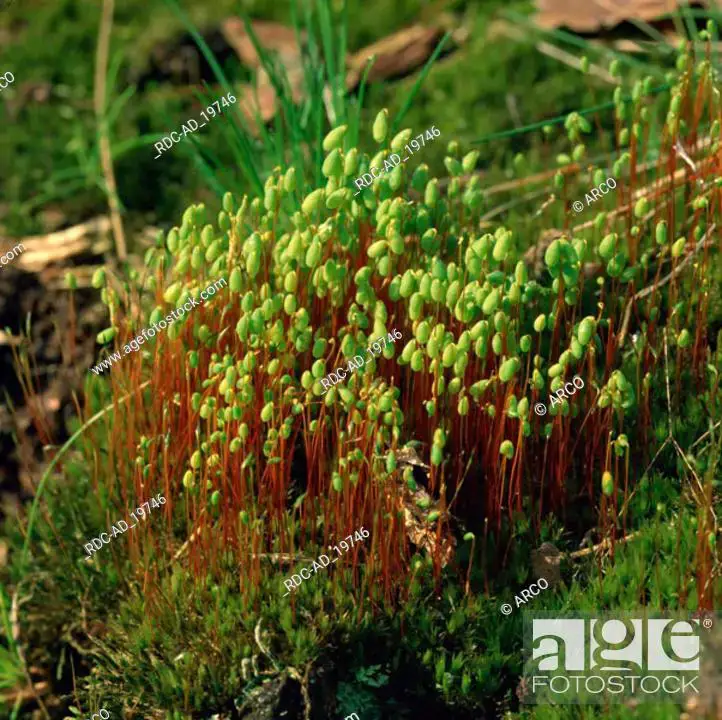
large.jpg from: https://www.inaturalist.org/guide_taxa/225520
Exploring the Fascinating World of Pohlia subcurvata Moss
Introduction
Mosses are often overlooked, but they play crucial roles in ecosystems around the world. One particularly interesting species is Pohlia subcurvata (Mitt.) Broth., a moss in the Mniaceae

rdc-ad_19746.jpg from: https://www.agefotostock.com/age/en/details-photo/moss-pohlia-nutans/RDC-ad_19746
family. In this blog post, we’ll dive into the details of this fascinating plant.
Background
Pohlia subcurvata is a species of moss in the genus Pohlia. It belongs to the class Bryopsida in the division Bryophyta. Mosses are non-vascular plants that lack true roots, stems, and leaves. Instead, they have leaf-like structures called phyllids that absorb water and nutrients.
Morphology and Identification
Pohlia subcurvata forms small tufts or cushions. Its stems are reddish and up to 1 cm tall. The leaves are lanceolate, 1-2 mm long, and have a strong midrib that extends to the leaf tip. Leaf margins are toothed near the apex. Capsules are inclined to pendulous and pear-shaped.

macro-pohlia-nutans-moss-over-600w-1239753238.jpg from: https://www.shutterstock.com/image-photo/macro-pohlia-nutans-moss-over-dark-1239753238
Global Distribution and Habitat
This moss has a wide distribution, found in Europe, Asia, Africa, Australia, and the Americas. It grows on damp soil, rocks, and rotten wood in forests and along streams from lowlands to 2000 m elevation. Pohlia subcurvata prefers shaded habitats with high humidity.
Ecological Roles and Adaptations
Like other mosses, Pohlia subcurvata plays important roles in its ecosystem:
- Helps retain moisture and prevent erosion
- Provides shelter and food for micro-organisms and insects
- Pioneers the colonization of bare ground
- Serves as a bioindicator of air and water quality
Pohlia subcurvata has several adaptations:
- Thick cell walls help prevent desiccation
- Rhizoids anchor the moss and absorb water and nutrients
- Spores allow long-distance dispersal
| Characteristic | Description |
|---|---|
| Genus | Pohlia |
| Species | P. subcurvata |
| Plant height | Up to 1 cm |
| Leaf length | 1-2 mm |
| Leaf shape | Lanceolate |
| Capsule orientation | Inclined to pendulous |
| Capsule shape | Pyriform (pear-shaped) |
Conclusion
Pohlia subcurvata is a small but mighty moss with a wide distribution and important ecological roles. Its ability to colonize bare substrates and retain moisture makes it a valuable part of many ecosystems. Next time you’re in nature, take a closer look – you might just spot this intriguing species! What other overlooked organisms in your area play outsized roles in their environment?